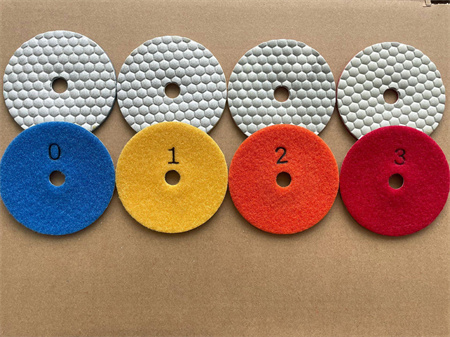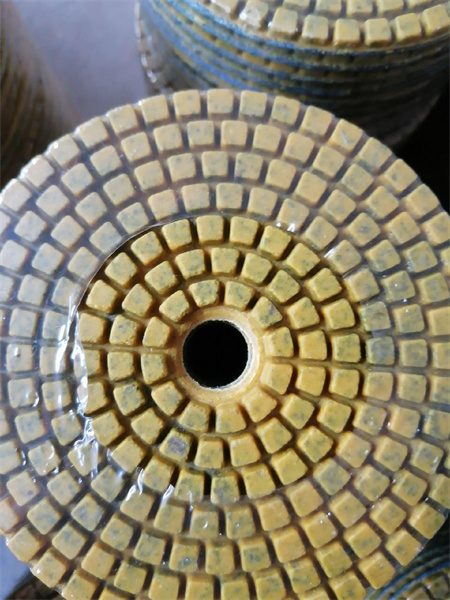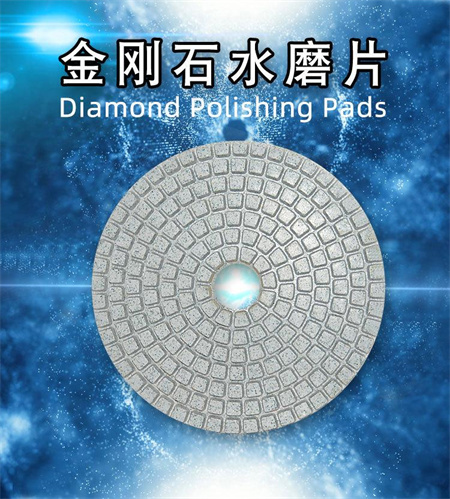Granite polishing tool manufacturer with fast delivery service
Finding the right tools for granite polishing can be a game-changer for both professionals and DIY enthusiasts. A reliable granite polishing tool manufacturer not only provides high-quality equipment but also ensures that these tools reach your doorstep quickly, keeping your projects on schedule.
The quality of polishing tools can make a noticeable difference in the final finish of granite surfaces. Precision-engineered diamond pads, polishing heads, and grinders offer smooth, consistent results while reducing the risk of scratches or uneven textures. When tools are crafted with care and innovation, they make the entire process more efficient and enjoyable. Customers often share that using premium tools can cut polishing time significantly, allowing them to focus on other parts of their projects.
Speedy delivery plays a crucial role in maintaining workflow. Waiting days or weeks for essential tools can disrupt timelines and increase stress. A manufacturer that prioritizes fast shipping understands the urgency of construction and renovation projects. They often maintain well-organized inventory systems and work with reliable logistics partners to ensure that orders are fulfilled promptly. This efficiency translates to peace of mind, knowing that every tool needed for the job will arrive when expected.
In addition to quality and delivery, excellent customer service makes a difference. Manufacturers that offer guidance on tool selection, maintenance tips, and usage techniques build trust and long-term relationships with clients. When combined with a commitment to innovation, this approach ensures that every granite surface receives a flawless finish.

Choosing a granite polishing tool supplier with a reputation for high-quality products and rapid delivery can transform the way projects are completed. Whether you are handling large-scale commercial work or small home renovations, having the right tools at the right time improves productivity and satisfaction. The synergy of craftsmanship, speed, and support creates a seamless experience for anyone passionate about perfect granite surfaces.
With the right manufacturer, polished granite can shine brighter, projects run smoother, and professionals can focus on delivering excellence without unnecessary delays.

If you want, I can also create a slightly more SEO-optimized version of this article with targeted keywords for better search ranking. Do you want me to do that?






























